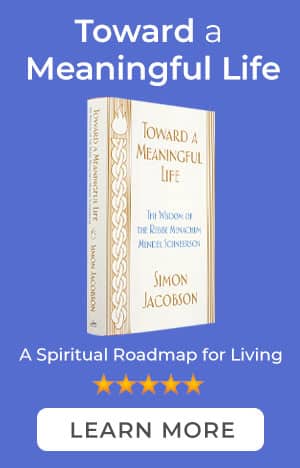Meaning of Tanya’s Approach to Hasidic Philosophy
In the realm of Jewish thought, few texts have left as profound an impact as the Tanya, authored by Rabbi Schneur Zalman of Liadi, the founder of Chabad Hasidism. My journey with this seminal work has been nothing short of transformative, leading me to explore the depths of Hasidic philosophy and its relevance in our contemporary lives.
The Essence of Tanya
At its core, the Tanya serves as a guide for understanding our inner selves and our relationship with God. It presents a unique framework that articulates the struggle between our higher and lower natures—the divine soul versus the animal soul. This duality is not merely theoretical; it mirrors my personal experiences and challenges. Each chapter resonates deeply, illuminating my path toward self-discovery and spiritual growth.
A Personal Encounter with Inner Conflict
Reflecting on my own life, I recall moments where I felt torn between lofty aspirations and mundane distractions. The Tanya elucidates this conflict beautifully through its teachings on the two souls within each individual. Rabbi Schneur Zalman emphasizes that while we are inherently good—created in the image of God—our animalistic tendencies often lead us astray. This realization was pivotal for me; it helped frame my struggles as part of a greater spiritual journey rather than mere failures.
The text encourages us to recognize these opposing forces not as enemies but as integral parts of ourselves that require balance and understanding. This perspective shifted how I approached personal challenges; instead of succumbing to despair during difficult times, I began to see them as opportunities for growth.
The Role of Intellect in Spirituality
One striking aspect of Tanya is its emphasis on intellect over emotion when engaging with spirituality. Rabbi Schneur Zalman posits that intellectual comprehension fosters genuine emotional connection to faith. In my own experience, studying Tanya has deepened my understanding and appreciation for Jewish mysticism.
I vividly remember grappling with feelings of disconnection from traditional practices during a particularly turbulent period in my life. It was through immersing myself in the philosophical underpinnings presented in Tanya that I began to bridge this gap. Engaging intellectually with concepts such as divine providence and purpose transformed how I viewed rituals—they became meaningful expressions rather than obligatory tasks.
Practical Application: Living Tanya Today
The beauty of Tanya lies not only in its theoretical insights but also in its practical applications. Rabbi Schneur Zalman urges us to integrate these teachings into our daily lives actively. One poignant lesson I’ve adopted is his call for consistent self-reflection—analyzing one’s thoughts, speech, and actions regularly.
This practice has fostered a sense of mindfulness within me, allowing me to navigate life’s complexities more gracefully. For instance, when faced with ethical dilemmas or interpersonal conflicts, I pause to assess which soul’s voice dominates my thoughts—am I responding from a place rooted in compassion or ego? Such reflections have enriched my relationships and decision-making processes profoundly.
The Community Aspect: Finding Connection Through Tanya
Another dimension worth exploring is how Tanya cultivates community among individuals striving for spiritual elevation. Rabbi Schneur Zalman’s vision extends beyond personal introspection; he emphasizes collective responsibility within the Jewish community.
Throughout history, Hasidism has thrived on communal gatherings centered around study and prayer—a tradition that continues today within Chabad centers worldwide. My participation in these gatherings has reinforced my belief that we are stronger together; sharing insights from Tanya fosters connections that transcend individual struggles and create a supportive environment for growth.
Conclusion: A Journey Worth Taking
Embracing the teachings found within Tanya offers an invitation to embark on an enriching spiritual journey filled with introspection, community engagement, and profound understanding of one’s place in creation. Each page serves not just as guidance but also as companionship along this path towards self-realization.
As we delve deeper into Hasidic philosophy through works like the Tanya, we discover timeless wisdom relevant across generations—a treasure trove waiting patiently for those willing to explore its depths.



